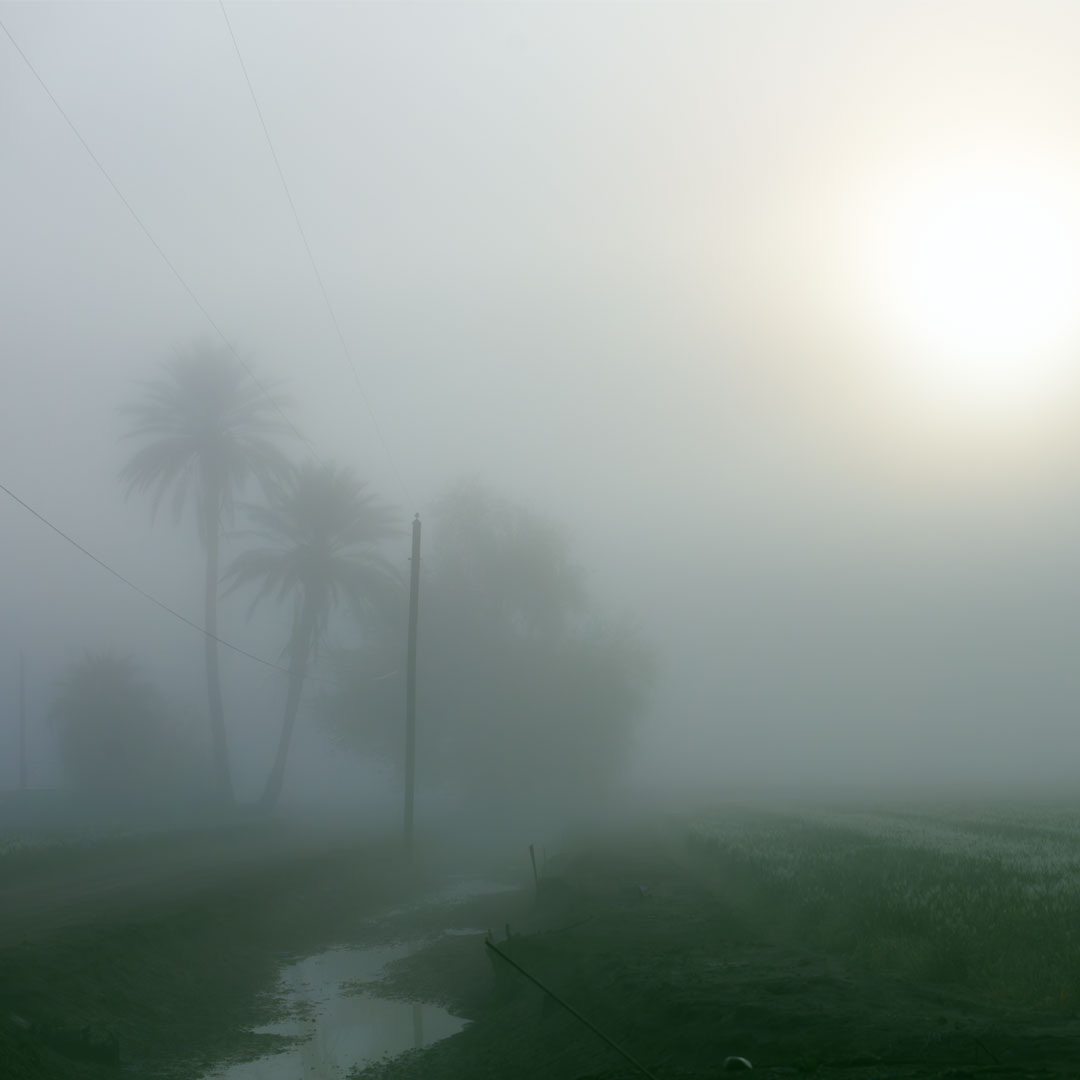
This essay examines adobe block-making at the Poston concentration camps in Arizona, where Japanese Americans were forcibly incarcerated during World War II. Focusing on the spatial, material and social dimensions of adobe construction by incarcerated laborers, the text reveals how the use of local earth and diverted water from the Colorado River Indian Reservation reflects not only the extractive and carceral forces of imperialism, but also a form of resistance rooted in the landscape itself. At Poston, adobe block-making became a site of collective agency within the oppressive legacies governed by the Law of the River, which continues to dictate water rights and resource distribution across the southwestern US. The essay views architecture as a political act, considering adobe block-making as both a response to and a rejection of extraction-based design frameworks. By grounding built forms in the land and fostering solidarity among laborers, the adobe blocks challenge dominant architectural practices toward a reimagined relationship with the land—one based on reciprocity, ecological stewardship and an architecture beyond extraction—that counters the global imperial frameworks driving resource commodification and hegemonic power today.
Continue reading:






